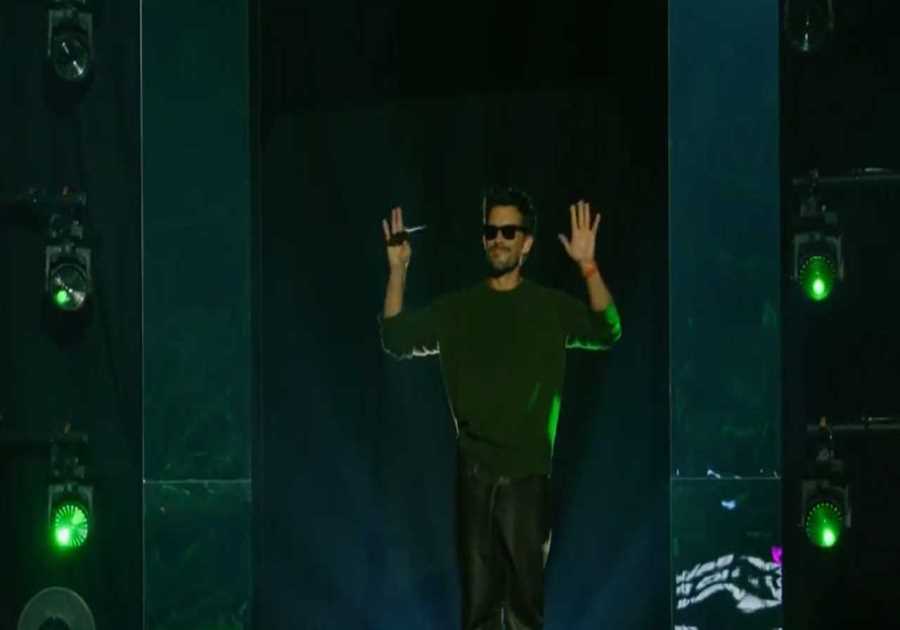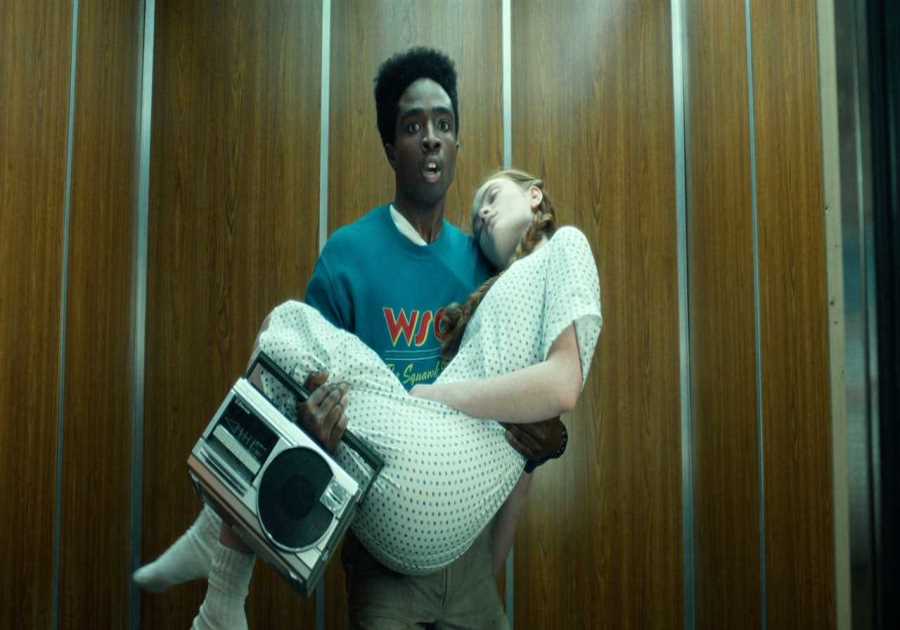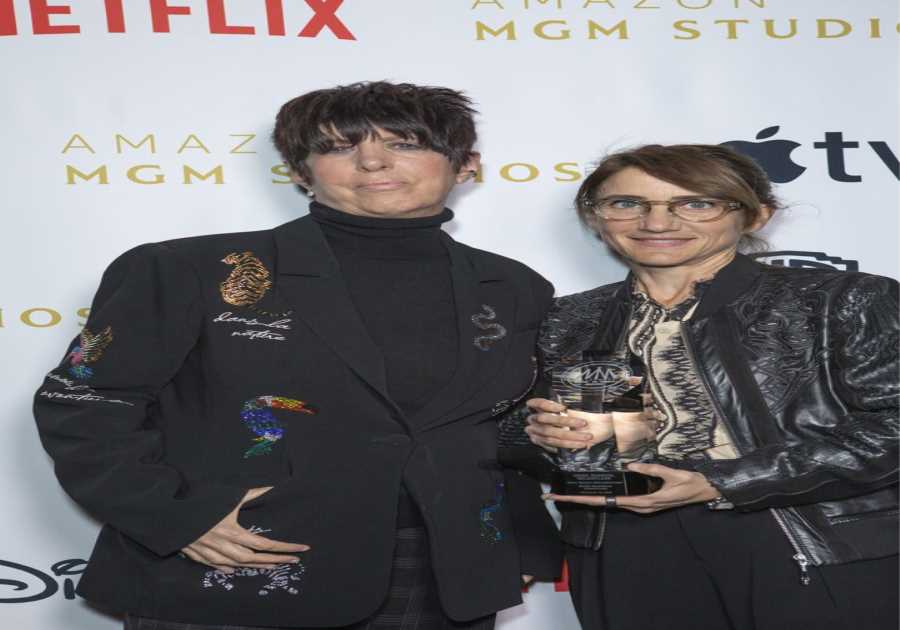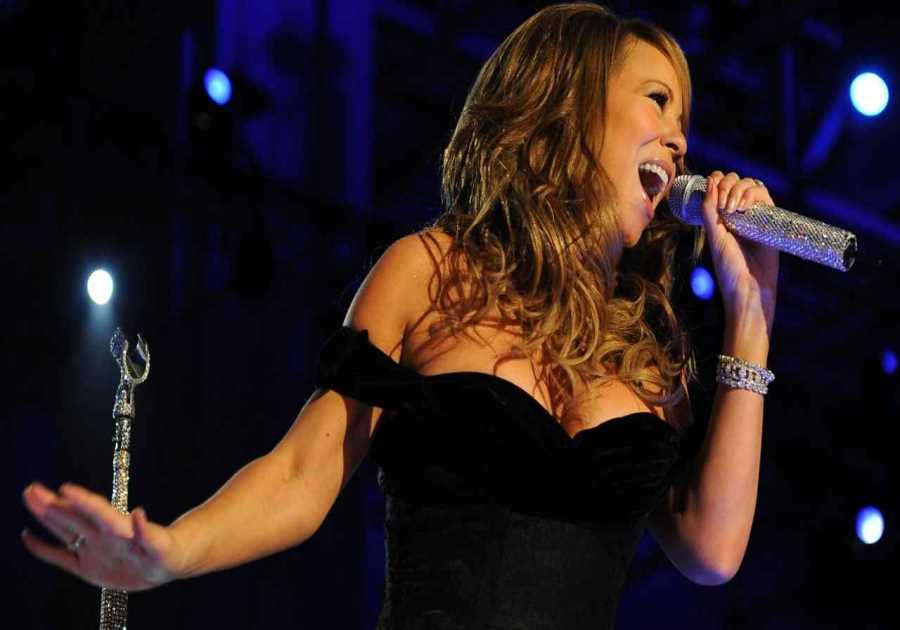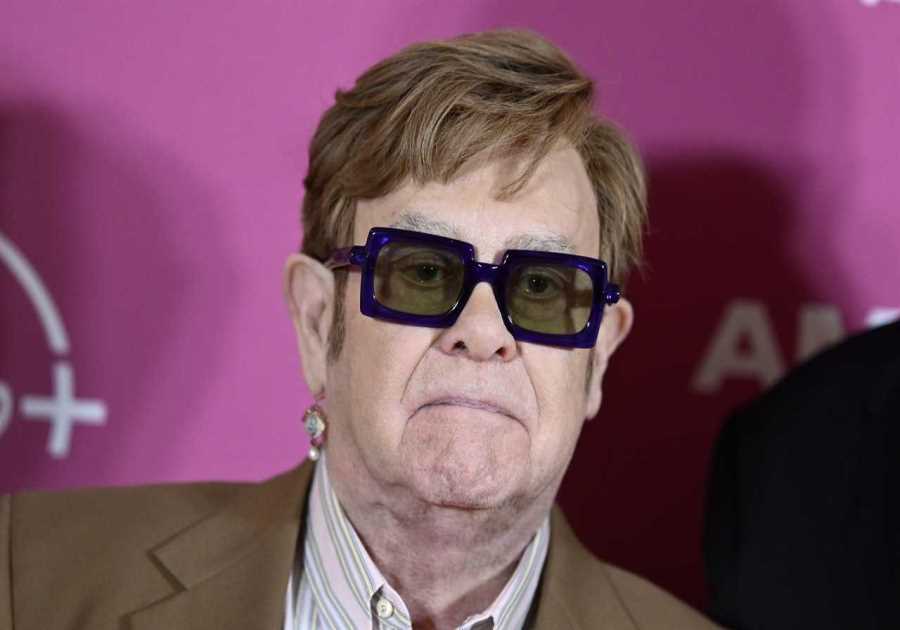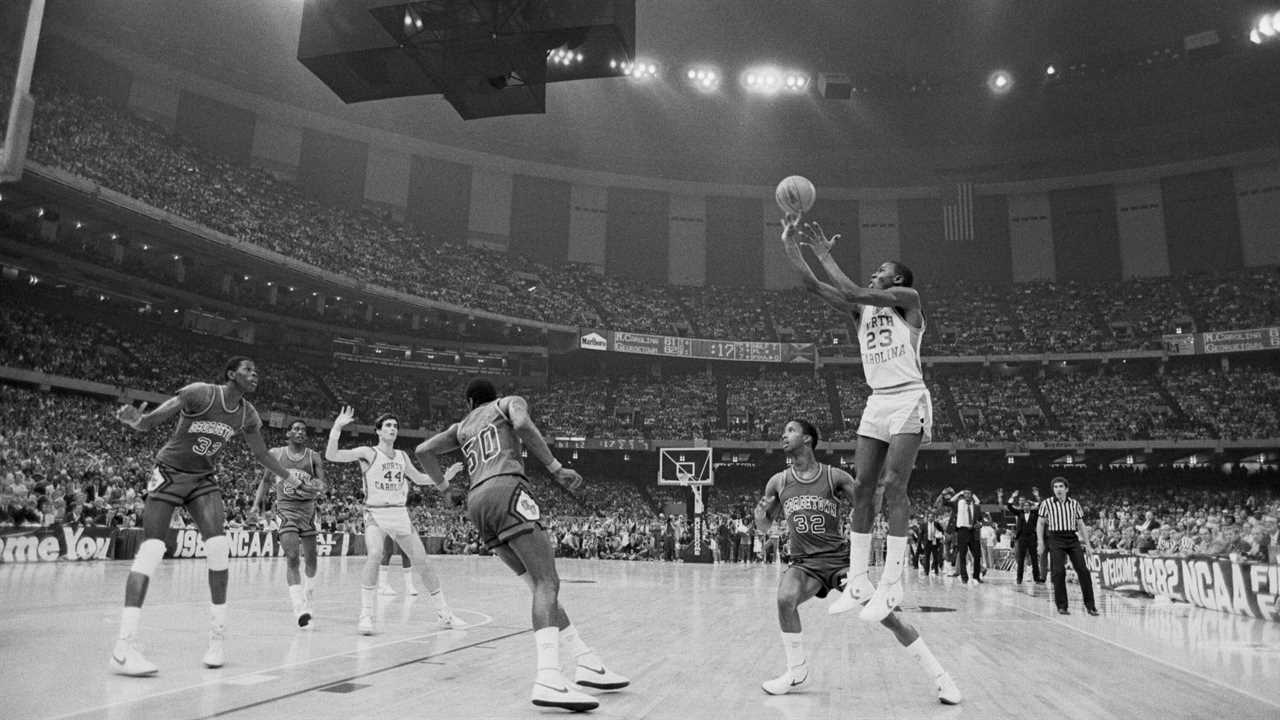
NEW ORLEANS — Being young, drunk or stupid is a reliable indicator of why anyone would waste a Saturday night roaming the French Quarter when the rest of the city’s musical, culinary and cultural treasures beckon.
So, there I was back in the spring of 1982, with a trifecta of sorts, standing in line on the St. Peter Street sidewalk, waiting to get into Pat O’Brien’s.
Behind my buddy and me were a couple of Houston Cougars fans. Their team had lost in a Final Four game to Georgetown that afternoon, and they were determined to hit Bourbon Street, drink away their disappointment and then drive home in the morning.
And, by the way, did we want their tickets?
I want to say we paid $10 for the pair — or maybe it was $10 apiece — which was enough for a couple of Hurricanes or gas money for their trip home. The price was only half the bargain. Two nights later, in our seats about 20 rows behind a basket — which were in all likelihood about 50 yards away from the court in the Superdome — we watched a sinewy freshman guard named Michael Jordan hit a championship-winning shot for North Carolina against Georgetown.
That weekend turned out to be consequential in a number of ways.
It was the launch point onto a national stage for Jordan. And it is still hard to imagine a Final Four with more talent — five future Hall of Famers (Patrick Ewing of Georgetown, James Worthy of North Carolina, Hakeem Olajuwon and Clyde Drexler of Houston and Jordan) and the best program of the era, Louisville, which won two titles and made two other journeys to the Final Four in a seven-year span.
It was also a historical pivot point for the tournament.
CBS had just won the broadcast rights, and it had big plans: a 30-minute bracket reveal show, which would kick off a three-week narrative chronicling the road to the Final Four. The N.C.A.A. also made a consequential decision that year: putting the Final Four in a football stadium, a move meant to capitalize on basketball’s surging popularity, an uptick anchored by the Magic Johnson-Larry Bird championship game between Michigan State and Indiana State in 1979, which still boasts the largest television audience for a title game.
(There had been some trepidation about playing in a domed stadium after the 1971 Final Four in the Astrodome, where fans felt as if they were miles from the action and players were worried about falling off a court raised four feet off the ground. “The Astrodome was far more suitable for feeding Christians to lions than for basketball,” Joe Jares wrote in Sports Illustrated.)
Now, considering what the Final Four has become — a basketball bacchanalia that draws enough fans to fill a football stadium, and tens of thousands more who have no intention of attending a game — it is hard to imagine placing it in a proper basketball arena, something that was last done in 1996.
Yet, it was not then an obvious choice.
“I want you to know we fussed about it,” Andy Geiger, who was then the Stanford athletic director and a member of the N.C.A.A. basketball committee, said in a phone interview. “I don’t think it was a unanimous vote.”
The committee members had toured the Superdome, sitting in the stadium’s farthest reaches to examine sightlines and assess where to place the court.
Domed stadiums were being built in Seattle, Detroit and Minneapolis, but the Superdome had garnered big-event gravitas by 1981, when it hosted the Super Bowl between Philadelphia and Oakland, the boxer Roberto Duran’s “no más” rematch against Sugar Ray Leonard, and a Rolling Stones concert that drew 87,000 fans.
The N.C.A.A. conducted a trial run that year when it played the Midwest regional at the Superdome, with the final between Louisiana State and Wichita State drawing 32,747 fans. That was nearly twice as many fans as what fit into the Spectrum in Philadelphia the next week, when Indiana beat North Carolina for the title. Each school was allotted a little more than 2,000 tickets — a standard one-eighth of capacity.
“We were concerned about the feeling that we were doing nothing but trying to make more money,” Geiger said. “Gate receipts are nothing to be sneezed at, but they were minuscule compared to the TV rights. It was truly an interest in trying to access the game to more people.”
The basketball tournament gods have been smiling on New Orleans ever since. This will be the sixth Final Four held in the Superdome, and the previous five have provided a signature moment.
Five years after the Jordan’s shot from the left wing, Keith Smart replicated it, sinking a pull-up jumper from nearly the same spot with four seconds left to lift Indiana to a 74-73 win over Syracuse.
In 1993, Michigan’s Chris Webber called a timeout the Wolverines did not have, dooming the Fab Five in a late loss to North Carolina.
In 2003, Syracuse’s impossibly long-limbed Hakim Warrick rocketed out to the 3-point line to swat away Michael Lee’s open look at a game-tying shot for Kansas in the final seconds.
And in 2012, Kentucky faced Louisville — and Rick Pitino, the coach who had resurrected the Wildcats and led them to a national title — in a national semifinal that threatened to send the Commonwealth, as well as nearly 73,000 fans at the Superdome, into rapturous immolation.
Alas, the game was lackluster, with Kentucky pulling away — and then, two nights later, cruising to its only title in the last 24 years.
The story line is no less captivating this year.
Mike Krzyzewski, who is retiring as Duke’s coach after 42 years, will have to go through the Blue Devils’ Tobacco Road rival North Carolina to win a final championship, what would be his sixth. This will be the 257th meeting between the schools, but the first in the N.C.A.A. tournament. The Tar Heels already ruined Krzyzewski’s farewell at home, trouncing Duke at Cameron Indoor Stadium in the regular-season finale.
But if history is any guide, there may be other figures to emerge, whether heroic or tragic, sometimes melded together by a moment. Remember that after Jordan’s shot, Georgetown had its turn to win the game. But Hoyas guard Freddie Brown mistakenly passed the ball to Worthy, which sealed North Carolina’s victory and left at least one person in the crowd of 61,612 wondering what the heck had just happened.
This time, I’ll have a better seat.
-----------------------
By: Billy Witz
Title: Final Four Lore Shaped With Indelible New Orleans Moments
Sourced From: www.nytimes.com/2022/04/01/sports/final-four-new-orleans-history.html
Published Date: Fri, 01 Apr 2022 21:01:03 +0000


